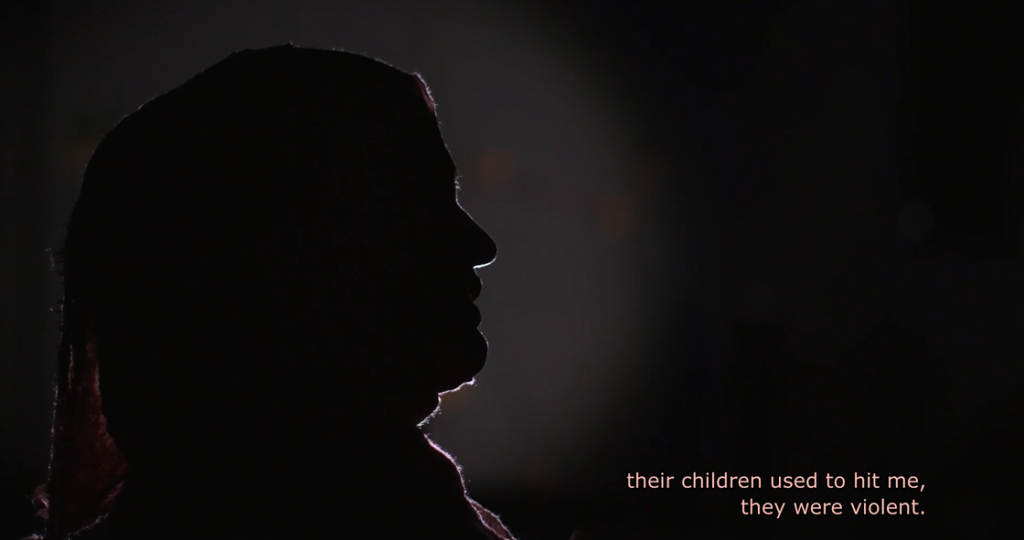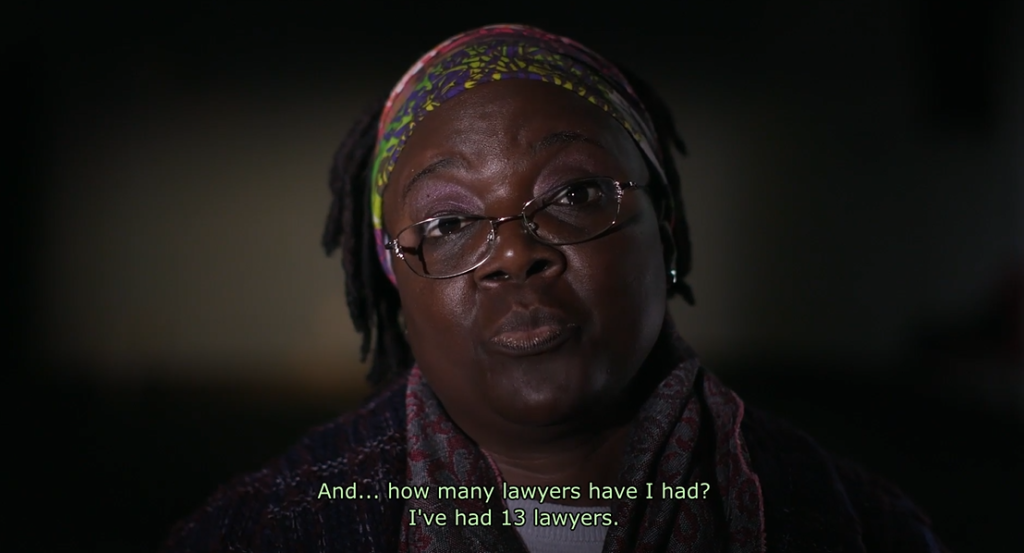By Charlotte Bosseaux
Dr Charlotte Bosseaux is a Senior Lecturer in Translation Studies at the University of Edinburgh. Her main research interests are voice, performance and characterisation in translation and span different fields. She has worked on point of view in literary translation (monograph: How does it Feel: Point of View in Translation Rodopi, 2007) and now mainly investigates audiovisual material. She is the author of Dubbing, Film and Performance: Uncanny Encounters (Peter Lang, 2015) and currently writes on documentaries examining how the voices of survivors of Gender-Based Violence are translated in this context (2020, AHRC Project 2022-2023: The Ethical Demands of Translating Gender-Based Violence: a Practice-Based Research Project, and monograph, Palgrave 2024). Other publications include works on Marilyn Monroe, Julianne Moore, and Buffy the Vampire Slayer. Other research includes music (2011, forthcoming 2024 on Christine and the Queens), crime fiction (2018) and multilingualism in AVT (in Jane the Virgin, 2023).
I have always been fascinated by translation: the way meaning changes from one language and culture to another, the potential for introducing new ideas, for manipulating content and the common assumption that originals and translations are the same as if translation was an objective activity. As an academic my work has focused on voices for as long as I can remember: first researching voices in novels, particularly in the works of Virginia Woolf in French translation, then moving on to dubbing considering the voices of actors, and now working on audiovisual testimonies (subtitles and voice-over versions) focusing on how the voices of those who have been in vulnerable situations are rendered in translation.
Behind my work has always been a desire to make sure that we represent the voices of an original as respectfully as possible and that characters in novels and films but also, and perhaps more importantly, real individuals come to us as powerfully or truthfully as they can in translation.
Working in Audiovisual Translation Studies I have been able to engage with many researchers and audiovisual translators, and I gradually realised that current subtitling norms are usually a one size fits all situation. There may variations depending on material, but general guidelines always emphasised the need to avoid repetitions, hesitations and to follow certain segmentations to make sure subtitles are as readable as possible. However, there are materials such as testimonies focusing on painful and difficult stories that might benefit from a different type of subtitling so that we can more clearly hear the voices of the originals; their emotions through pauses, hesitations and tone.

I therefore embarked on practice-based research in which we made a documentary called Surviving Translation. Surviving Translation © University of Edinburgh, 2023. Based on original research by Charlotte Bosseaux (co-creator, co-producer). Director: Ling Lee (editor and co-producer). Funded by an AHRC Research, Development and Engagement Fellowship (Grant number: AH/W000199/1).
Surviving Translation shows what migrant women have gone through as they arrived in a new country and could not speak its language, as well as testimonies from translators, interpreters and a subtitler who worked with us on the film, sharing how it feels to translate for people who have suffered trauma and gender-based violence (GBV). Surviving Translation features 4 languages: English, Kurdish Sorani from Iraq, Spanish from El Salvador and French from Cameroon. We worked with teams of subtitlers to find innovative ways of subtitling to convey the orality of the survivors’ testimonies. GBV and trauma survivors often feel that their voices have been taken away from them and we wanted to make sure their voices were heard and amplified in translation, ultimately making sure that we did not silence their words or emotions for new audiences.
The subtitling process, as it was done alongside film editing, took over a year and we tested subtitling strategies on a varied audience via online surveys. We showed different extracts from the documentary with different subtitling options asking audiences what they thought of our endeavours to convey the emotions and orality of the originals’ speech in subtitling. These options concerned the use of pauses, hesitations, repetitions and our attempts at conveying those for instance through different segmentations and the use of punctuation. We also suggested different placements so that the subtitles would not cover faces, particularly in close-ups, and we asked opinions on assigning colours for different voices, to make sure that the subtitles captured the individuality of the women and their voices.
Examples of placement and colours:



Examples of hesitations:


We are very pleased to say that Surviving Translation is ready now and that we have been able to produce subtitling guidelines, which are available from my website Ethical Translation. Our ’Experimental Guidelines for Translating Emotional Content in Documentaries’ focus on the different options that we suggest and our ‘Guidelines on Remuneration and Working Conditions of Subtitlers’ complement them by providing some guidance on best practice when hiring subtitlers on projects dealing with challenging and emotional material.
I hope you will find these guidelines inspiring. It is important to emphasise that they are not meant as definitive solutions that must be applied prescriptively. They are instead suggestions based on our experience of translating Surviving Translation. We hope that subtitling companies and subtitlers will find them a useful starting point when working with emotional and challenging content and welcome any feedback on their applicability, usefulness and areas of improvement. Please send your comments to: charlotte . bosseaux (a) ed.ac.uk
